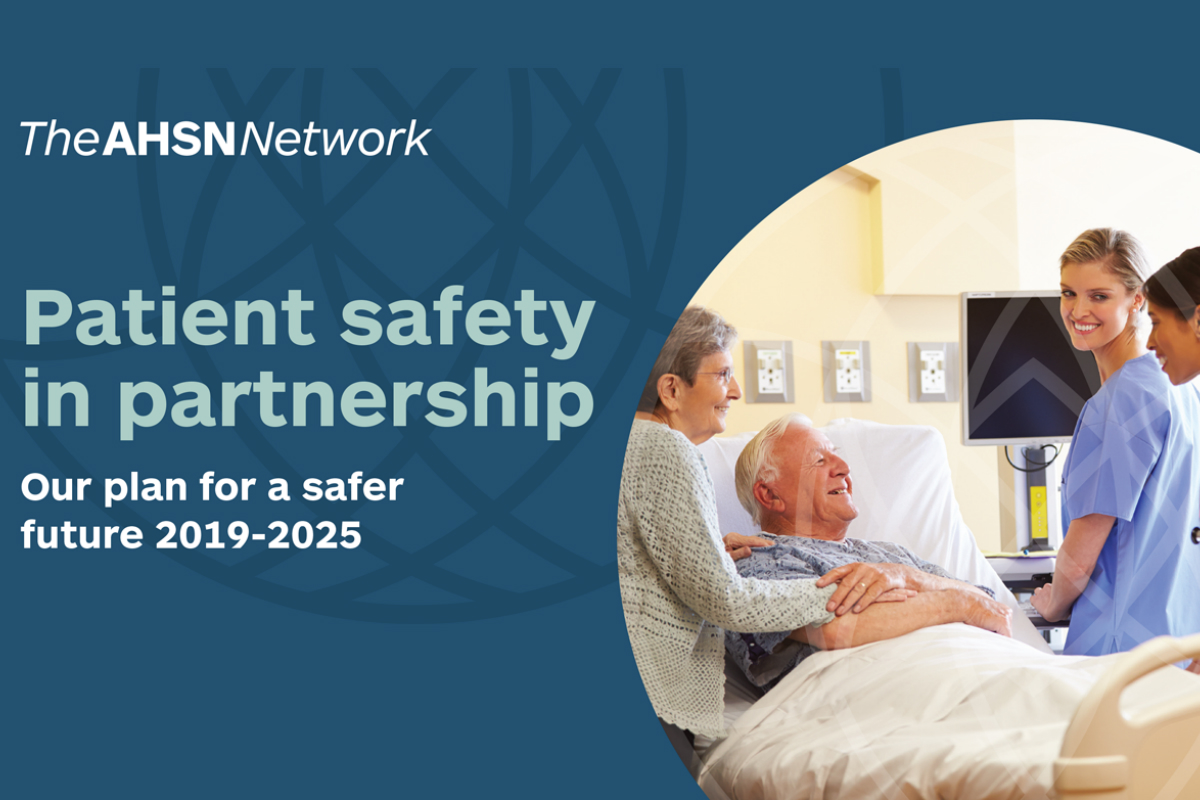This website uses cookies so that we can provide you with the best user experience possible. Cookie information is stored in your browser and performs functions such as recognising you when you return to our website and helping our team to understand which sections of the website you find most interesting and useful.
25 Mar 2020
New free online video training for care home staff to support early recognition of deterioration

A new series of videos and e-learning materials have been launched to support staff working in care homes to care for residents who are at risk of deterioration.
Wessex and the West of England Academic Health Science Networks (AHSNs), funded by Health Education England, have collaborated to produce the materials.
As recognised in a recent paper supported by North East and North Cumbria AHSN, identifying acute illness including sepsis amongst older adults in care homes can be difficult and opportunities to initiate appropriate care may be missed, if illness is not recognised promptly.
The short videos describe how to take measurements from residents correctly (such as blood pressure and oxygen saturation), spots the signs of deterioration, and prevent the spread of infection. A playlist of the full videos is available or each individual video and link is listed below.
You can also access the films as part of the full training on Health Education England’s e-Learning for Healthcare (e-LfH) Hub, an educational web-based platform that provides quality assured online training content for the UK’s health and care workforce. To register for e-Learning for Healthcare visit https://portal.e-lfh.org.uk/Register
Natasha Swinscoe, national lead for patient safety for the AHSN Network said: “Patient safety is a guiding principle for all AHSNs. Our care homes report highlighted numerous successes that AHSNs have had working with care homes across the country. Collectively, these have the potential to save many lives and tens of millions of pounds. I am excited to see the launch of these videos, which will support care home staff to be trained in a consistent way to recognise and respond to the soft signs of deterioration.”
Links to the videos
- Introduction to serious illness for carers https://youtu.be/A6sg0mkcJIY
- Preventing the spread of infection https://youtu.be/ZSV8eW5FwF8
- Soft signs of deterioration https://youtu.be/7gMo13z3BYI
- NEWS What is it? https://youtu.be/S-KWnrsOw8M
- Measuring the respiratory rate https://youtu.be/ccKGzZXNKYs
- Measuring blood pressure https://youtu.be/G8QkaAyqatE
- Measuring the heart rate https://youtu.be/v4NrClgA8Nk
- Measuring level of alertness https://youtu.be/mo1DCAJddkQ
- How to measure temperature https://youtu.be/UxE6J9YBxqs
- Calculating and recording a NEWS score https://youtu.be/eIlPesGSMmA
- Structured communication and escalation https://youtu.be/Ki0BX61xhdw
- Treatment escalation plans and resuscitation https://youtu.be/vXrRp7AW5E4
- Recognising deterioration with a learning disability https://youtu.be/vSWCPza8dCU
Pulse Oximetry
Care homes in Greater Manchester are also being supported to use pulse oximeters in order to prevent rapid deterioration. Pulse oximetry is often called the ‘fifth vital sign’. Along with frequency of the patient’s breath, temperature, pulse rate and blood pressure it can give an indication how ill a person is and whether they might need admission to hospital.
A video “Use of Pulse Oximetry in Care Homes” has been developed by RCGP Learning to support the use of pulse oximeters in care homes. This video has been endorced for use in Greaer Manchester by the GP Excellence Programme and the GP training hub.




